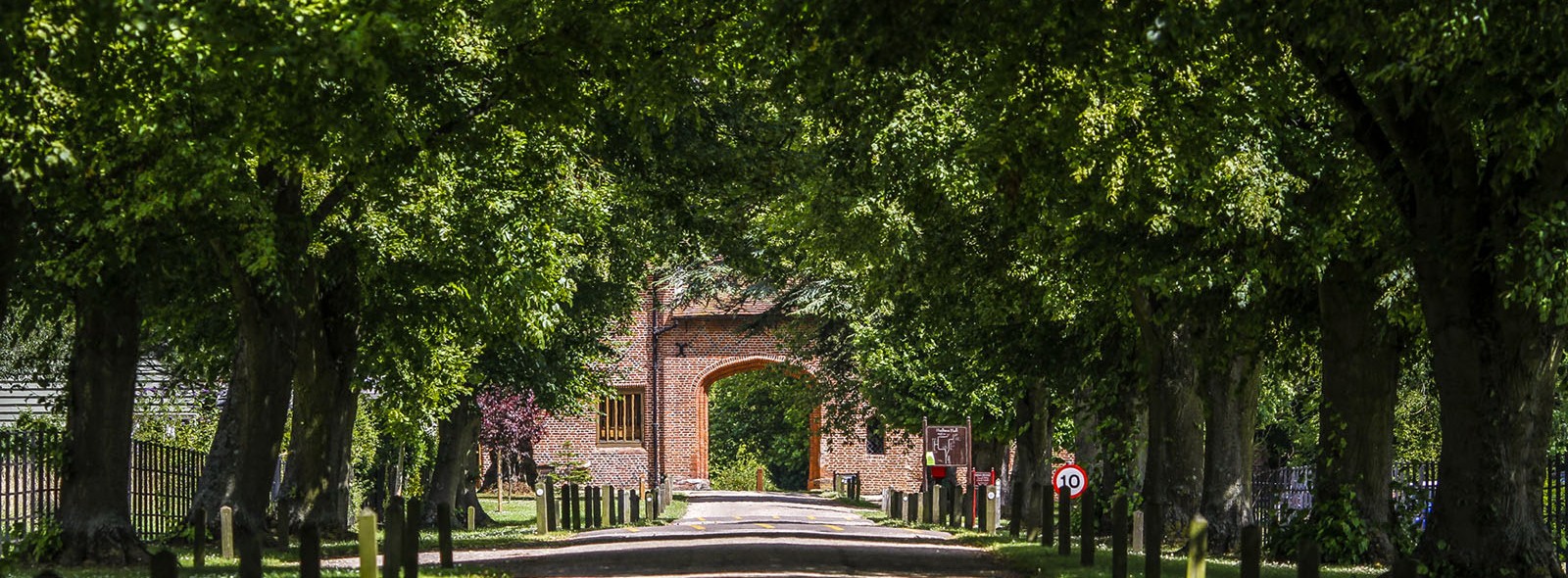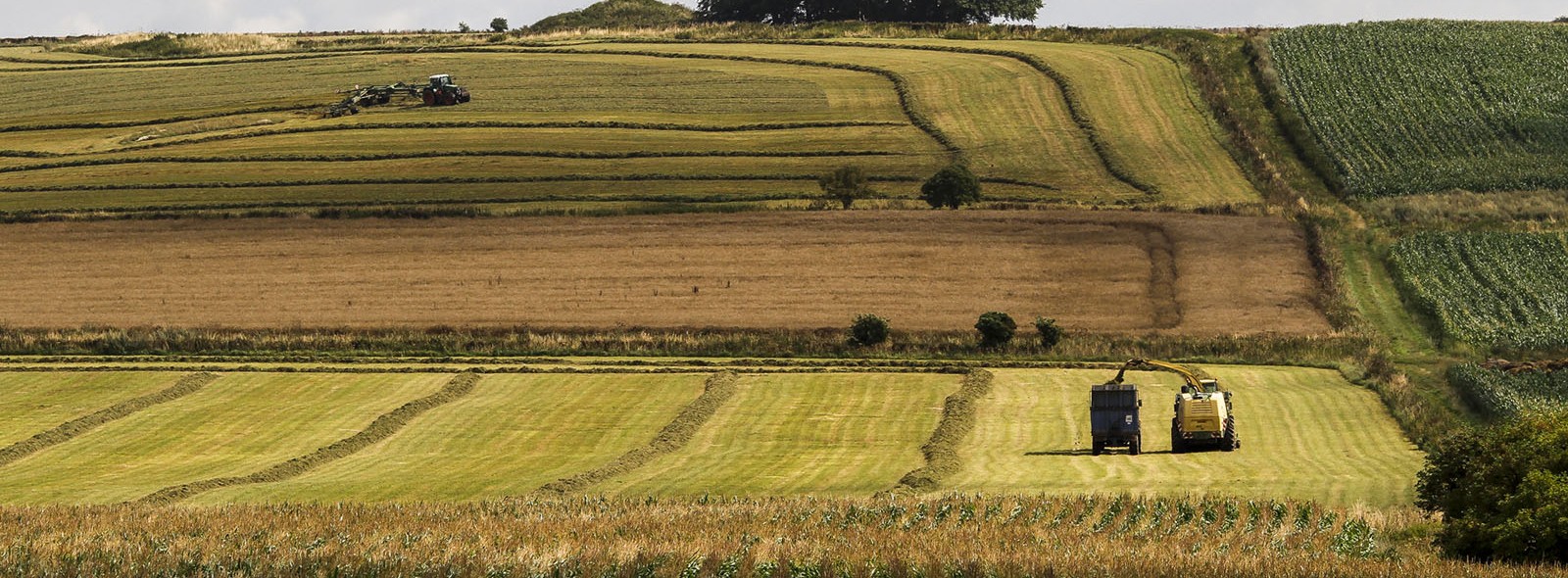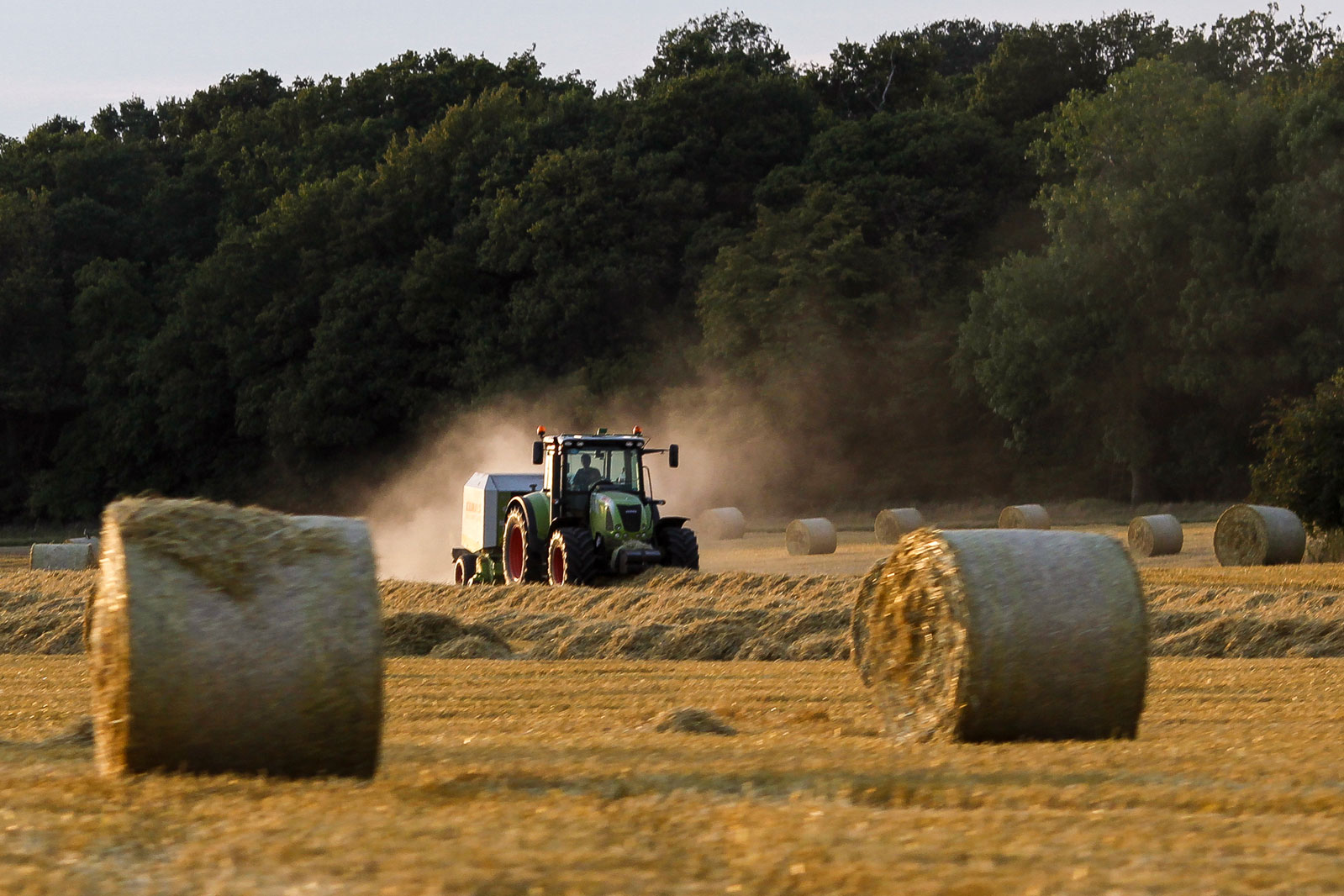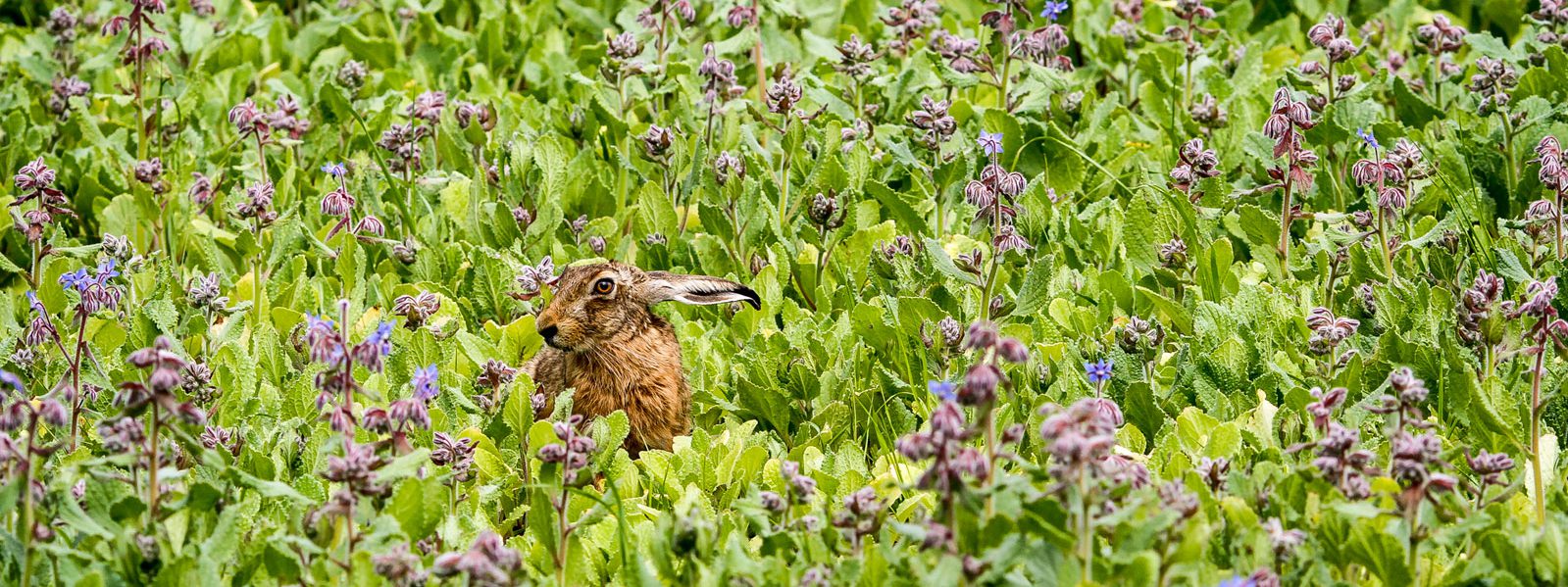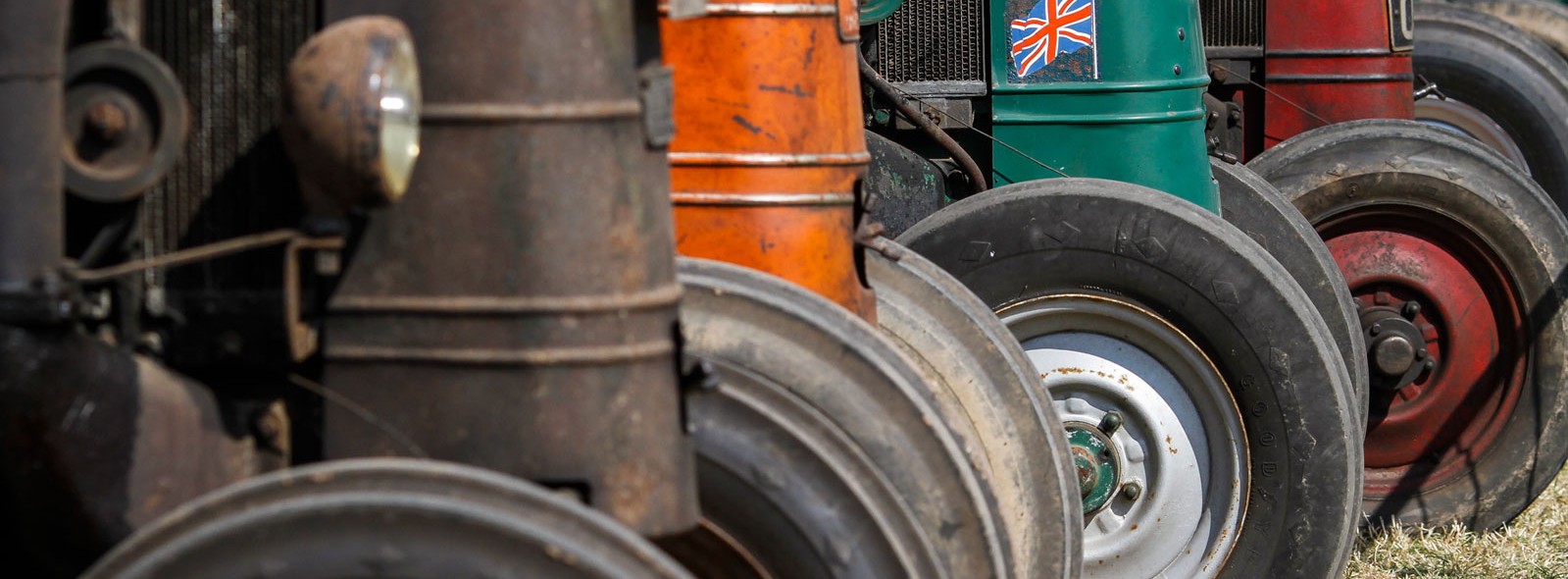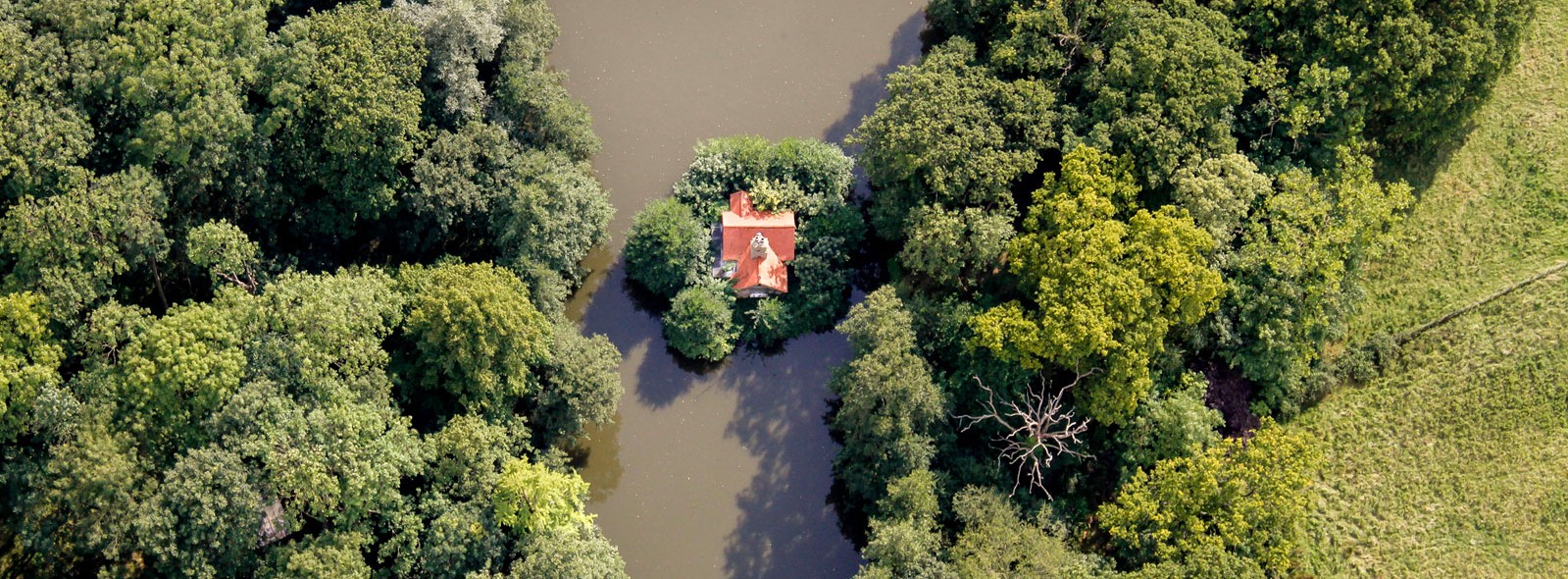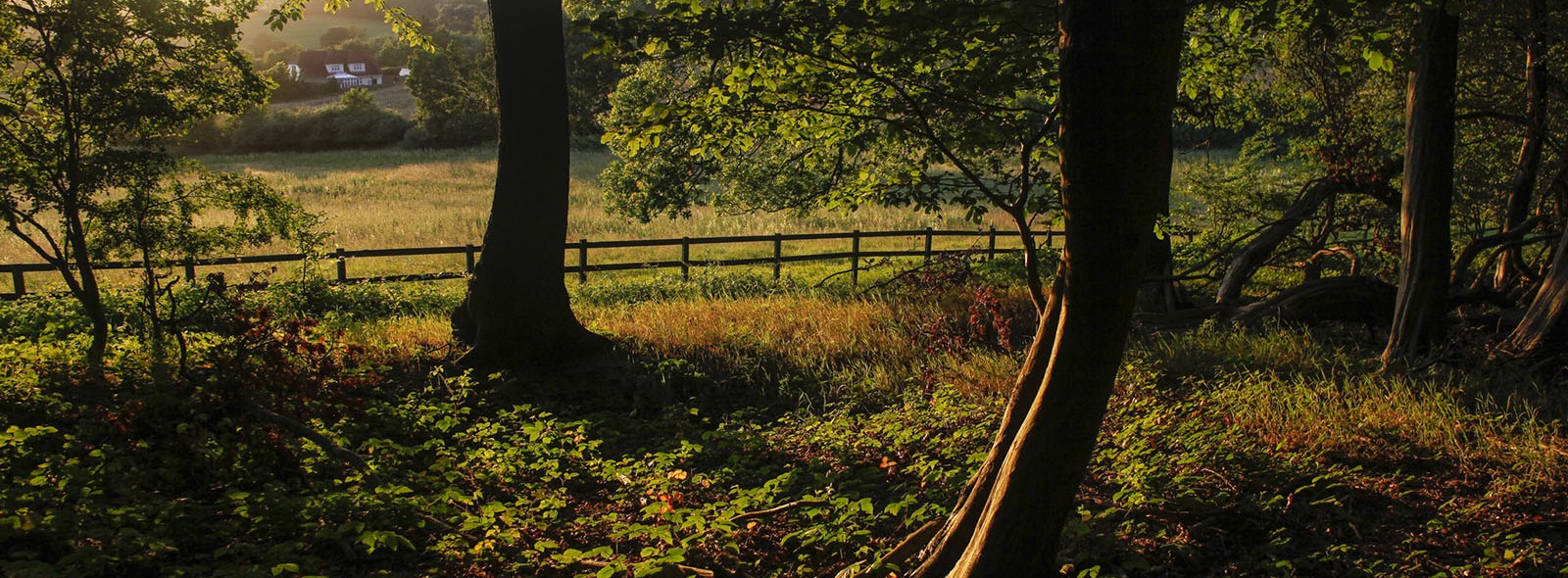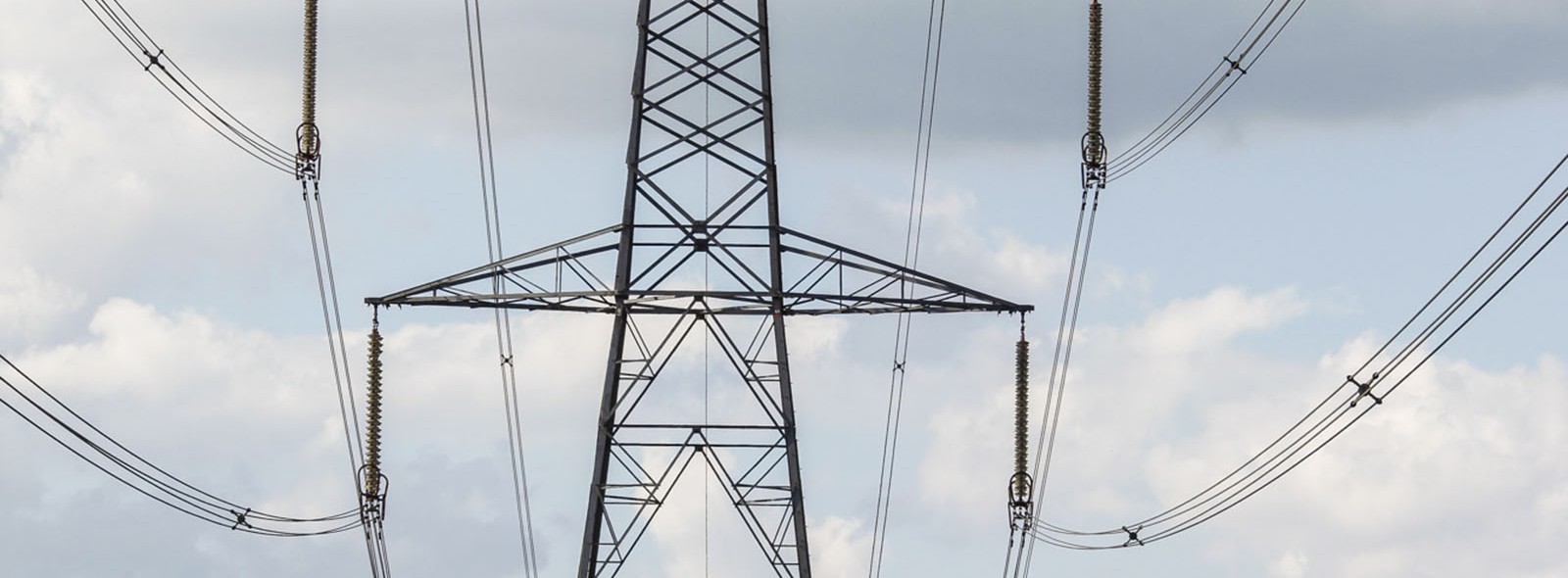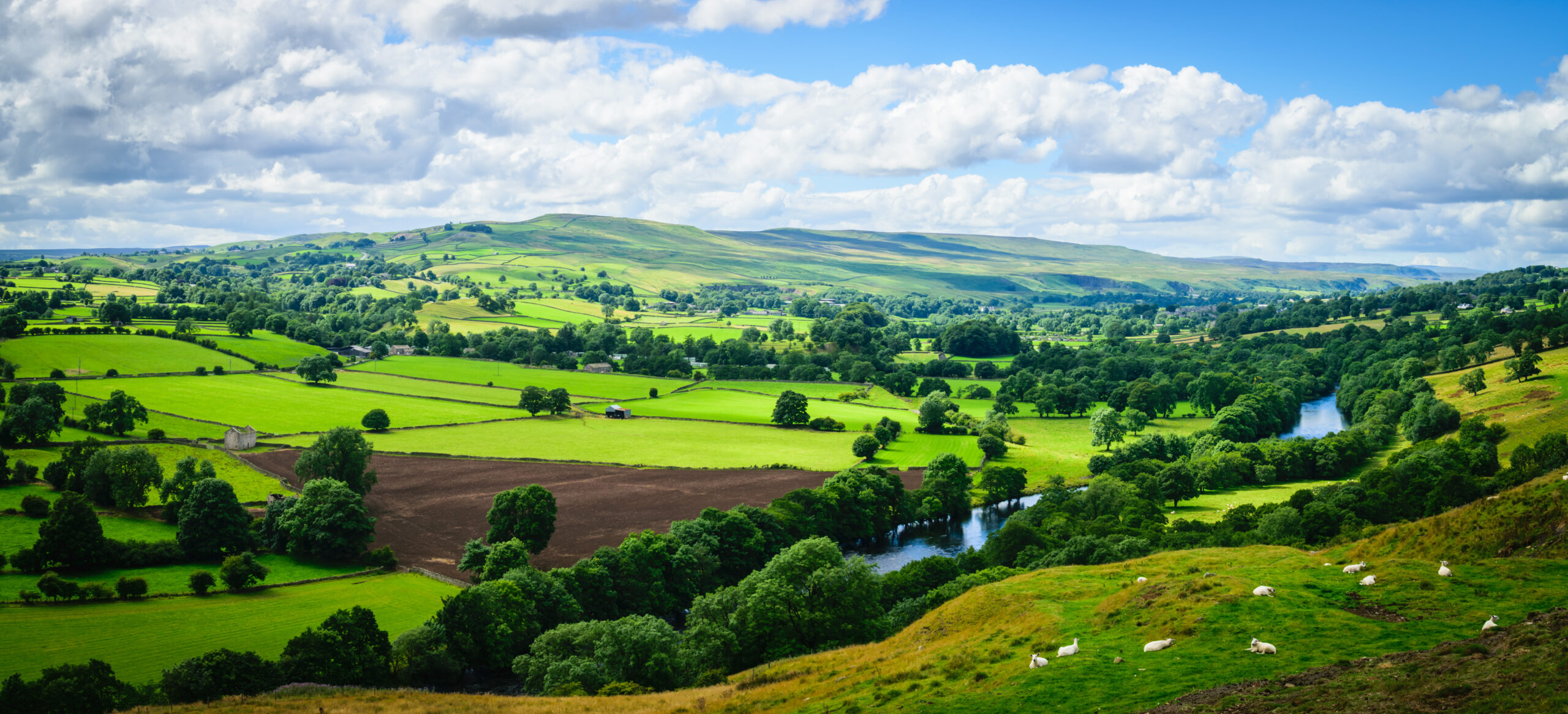Government’s Proposed Path to Sustainable Farming
The Government has released plans detailing the ‘Path to Sustainable Farming’, which sets out the anticipated future of agricultural public funding. With the current Brexit transition period ending on 31st December, UK agriculture is preparing for a future away from the direct payments which farmers received as part of the EU’s Common Agricultural Policy. From next year, these will begin to be reduced, with a cut to 50% of current levels by 2024, before being completely phased out by 2028.
This new document acts as a roadmap for how public funding will be structured during this transition period, with the new Environmental Land Management scheme (ELMs) expected to be open to applications in 2024 and fully operational by 2028. These changes aim for farmers in England to be able to profitably produce sustainable, healthy food and without subsidy by 2028, while making improvements to the environment, animal welfare and reducing carbon emissions. These changes are seen as the largest shift to agricultural policy in over 50 years. Mark Bridgeman, President of the CLA, suggested that the changes have ‘the potential to be a genuinely world-leading policy that will allow land managers and government to work together to reverse biodiversity decline and mitigate climate change, as well as deliver quality food, grown and reared to the highest standards.’
The new ELMs pilot schemes will begin towards the end of 2021 with the full roll out of the scheme expected to be open in 2024. The scheme is likely to include three tiers of support:
- the Sustainable Farming Incentive: funding for practices of good farm husbandry which deliver environmental benefit, such as hedgerow management, soil improvements and integrated pest management.
- Local Nature Recovery: funding for wider environmental projects such as creating, managing, or restoring habitats, natural flood management and species management.
- Landscape Recovery: funding for larger scale projects which will focus on landscape and ecosystem recovery, such as large-scale forest and woodland creation, peatland restoration, or the creation and restoration of coastal habitats.
The funding gap between reductions to direct payments in 2021 and the introduction of the ELMs scheme in 2024 is expected to be filled with a new Farming Investment Fund. Starting next year, this will support innovation and aim to improve agricultural productivity, through grants for equipment, technology and infrastructure for the future.
The Department for the Environment, Food and Rural Affairs (DEFRA) sees this approach as being able to achieve wider environmental benefits, improve agricultural productivity, cut bureaucracy while also maintaining the current governments manifesto pledge to maintain the total annual spend on agricultural public funding. The changes to environmental policy set out in this update show the potential these schemes have, however despite the short timeframe until implementation, there is still a distinct lack of specific detail regarding the proposals.
Michael Sills


